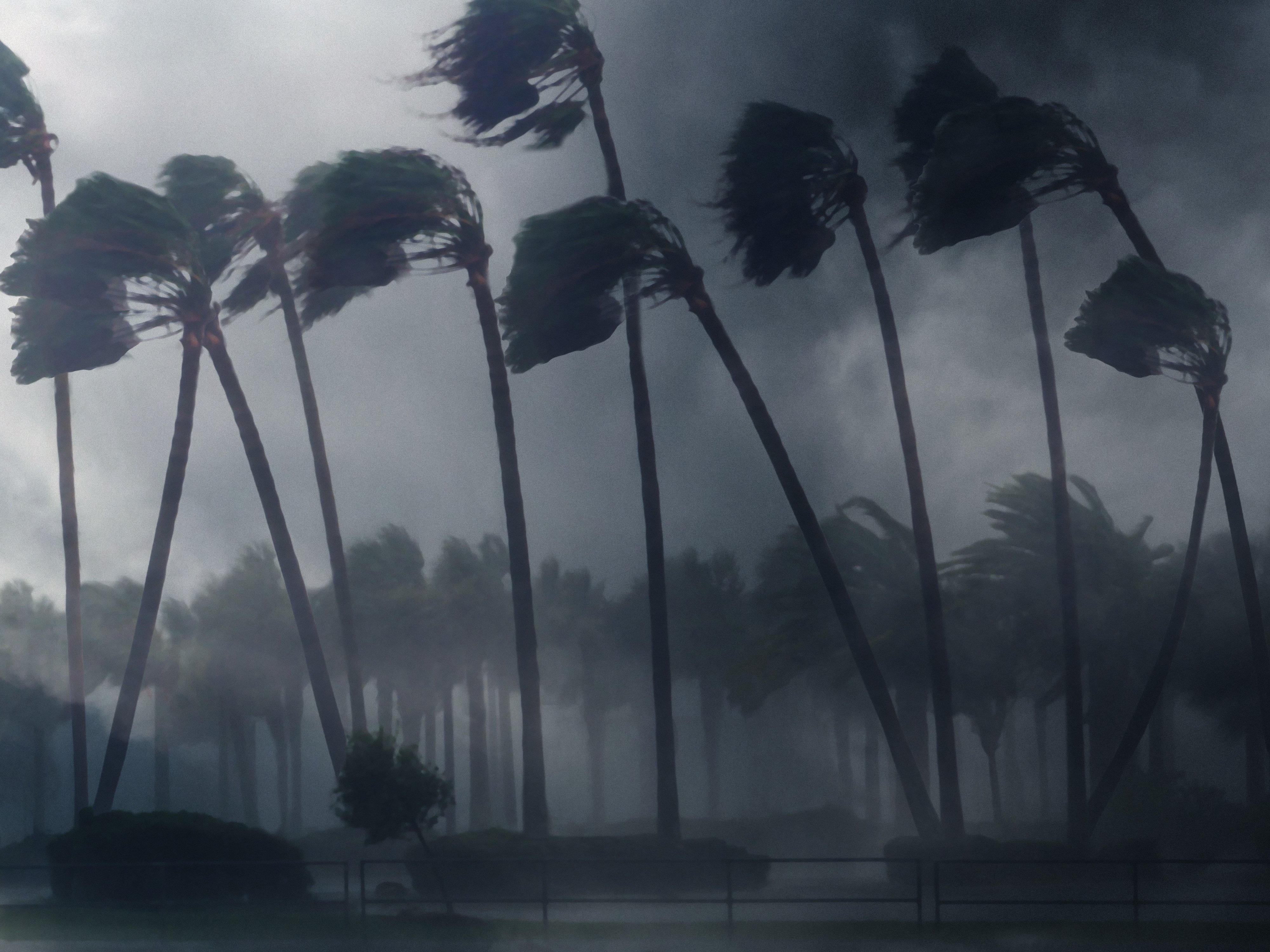Okay, let’s talk about the large white elephant in the room! You know that thing everyone in the school safety business should know and know well, but are afraid of saying it for fear of the reaction one might get when it is spoken about like it’s a swear word. Yes, I am talking about the Incident Command System (ICS), and more specifically and even less spoken about and understood, Unified Command. I am afraid to go back through all of the blogs and podcasts we have done since we began in January 2023 to see how many times I have mentioned ICS and/or Unified Command. But now we need to make sure everyone understands what they are and why we need to follow the intent of these two similar but also different management systems. We will also explore why, in the case of school emergencies, one system is usually more effective than the other. Before we go too much further down this path, I must caution that this blog and subsequent podcast are not meant to be certification courses, nor will you be able to fill out any of the requisite ICS forms. Hopefully, you will have a better understanding of what ICS and Unified Command are, the very basic fundamentals, and when to use them. Most importantly, you will understand the two reasons why they need to be followed. If you would actually like to get certificates and training in all things ICS, FEMA has a plethora of free online resources for you to participate in and expand your knowledge.
So let’s start off this journey with my definition of what ICS is. This is not the official definition, but it does provide the overarching intent of ICS and why it is used in emergency management: The Incident Command System (ICS) is a hierarchical structure used in the management of personnel and resources in response to an emergency incident. The basic functional theory is through the use of this structure, every task is assigned to a person or team of people, every person or team has a purpose, and everyone knows who is responsible for that task to be completed and they know whom they work for and who works for them. Okay, that sounds easy enough: I know who I work for and what I am responsible for. Conversely, My boss knows who I am and what I am supposed to do. Now let’s break it down into the structure briefly. Again, I am not going to go into detail about every position and function, just the very high-level stuff. Trust me, during an incident, someone is going to point the details out to you.
The Incident Command System: (You have all seen a typical org chart, so I am not going to put one here. Suffice it to say that the Incident Commander is at the top and the General Staff is laid out under the Command Staff at the same level. Each section is subordinate to the Command Staff.)
- The Command Staff consists of the Incident Commander (the person responsible for the outcome of the incident); the PIO (Public Information Officer) who is responsible for the official communications from the “incident”; the Safety Officer who is responsible for the safety of the entire incident; and the Liaison Officer who is responsible for the communications between partner agencies assisting with the incident.
- The General Staff consists of four functional sections: Operations which is responsible for completing all operational functions; Planning and Intelligence responsible for gathering all of the information from the incident and based on that information sets the objectives for the next operational period; Logistics and Support which is responsible for providing goods and services in support of the incident; and finally, Administrative/Financial which is responsible for the tracking of costs and administration of human resources, contracts, MOUs, etc. Each of these functional sections is headed by a Section Chief. Each of these sections can have individuals (single resource), groups or teams (each with a team leader)
The ICS can be used in any sized incident and can be expanded and shrunk to fit the needs of the incident. While everyone has a role and responsibility, if a function is not assigned to a person or team, the responsibility to complete that function falls squarely upon the shoulders of the person who was responsible for assigning that responsibility. In most cases, if a function hasn’t been assigned, it falls upon the incident commander to complete, or they need to find someone to complete it for them.
Unified Command: Functionally is identical to that of the ICS, with one distinction. In many incidents, there are many different jurisdictions with different legal mandates, and may technically be responsible for what is occurring during an emergency: police, fire, public works, schools, FAA, etc. So when you have an incident, who is in charge? This is where the Unified Command comes into play. Every entity (within reason) that has legal authority and responsibility for the incident has a seat at the command table. Everyone has the ability to address their responsibilities, concerns, needs, and wants. After a thorough discussion, a decision is made that aligns with the resolution objectives of the incident.
As an example: Law enforcement owns the crime and perpetrator, the fire department owns the injured and fires, and the schools own the staff and students. During the different phases of the incident, one entity may have more responsibilities than the others and that can be very fluid during the incident. As you can imagine, during an active shooter incident, the initial responsibility will be very heavy leaning on the schools to manage, that will soon shift to the law enforcement response, then to the fire department to attend to the injured, then when the incident stabilizes it will likely turn back over to the schools. So when these different phases fluctuate, different entities will have a more active role, but the other agencies will still have some responsibility within their lane. This is what you want to use in most school incidents to ensure your concerns and mandates are accounted for.
The two reasons why it is important to understand and use the ICS/Unified Command models:
- It can save lives: As we have seen in recent events, proper management of an emergency can save lives. Unfortunately, we have also seen the inverse where poor management has cost lives. While in many emergency situations, we can expect to have some loss of life, there is no excuse for the loss of life as the direct result of mismanagement.
- It can cost you a lot of money if you don’t: The resources that are required to respond to an emergency, can and do cost a lot of money. That being said, in significant incidents, much of those costs are reimbursable from either state and/or federal programs. However, if you don’t use the ICS and/or Unified Command structures and concepts, you will not be eligible for those costs to be reimbursed. While the first reason listed should be sufficient for you to use ICS/Unified Command, you don’t want to make a tragedy even more tragic by having to foot the entire bill for that event.
- Bonus reason: The use of the Incident Command System helps you document everything you do during an emergency, which can be very valuable should you need to defend yourself, your actions, and your district in the event of the all too common lawsuits that will surely follow; especially if you didn’t use ICS.
Once again we are talking about adding new tools to help you manage any school organizational event. Learning to use these tools is essentially free and only takes effort on your part to learn how and when you use them. This is also another very good opportunity to partner with your emergency response agencies. They will likely be very helpful in bringing your skills up to par.
Click here to learn more about how CrisisGo can help you create a safer school.












No Comments Yet
Let us know what you think